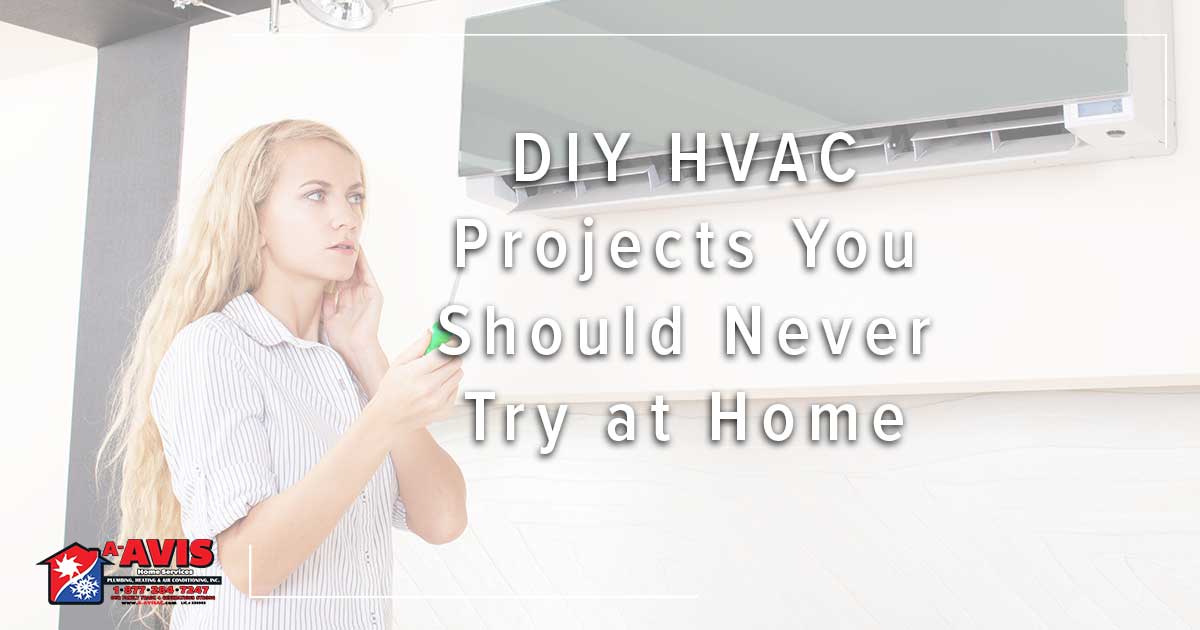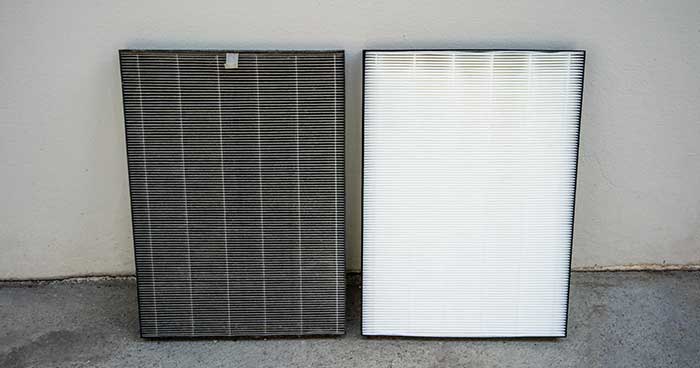
Living in Southern California can be a dream. However, that dream comes with a price. They’re called earthquakes. Though Californians are constantly on alert for the big quake, there are things you can do to protect your home before the ground begins to shake. Learn how an earthquake can damage your plumbing and what you can do to protect it.
How An Earthquake Can Affect Your Plumbing
An earthquake literally moves the earth under our feet. This can cause great damage not only to your home, but any underground pipes as well.

When the ground shifts, it can cause your plumbing pipes to crack or even break. This will cause a lot of damage to your main sewer line, home plumbing system, and even appliances that use water like your sinks, tubs, and washing machines.
Another appliance that can be affected by an earthquake is your water heater. Without proper earthquake straps, you could face the threat of fire, a gas leak, and damaged from a falling water heater.
Making sure the earthquake straps are up to code and ready for any disaster is an easy task that can prevent major damages during and after an earthquake.
After the Quake: Check for Water Leaks
First and foremost, be sure to turn off your main water supply at the first sign of any leaking or flooding water. This simple action can save a lot of time, effort, and money in potential repairs.

There are pipes that run throughout the walls of your home. If your home has no visible damage and you feel safe staying inside, here are a few things to look for:
- Search for any wet spots on your walls or floor. This is a sign a pipe is burst or broken.
- Listen for sounds of running or dripping water.
- A sudden change in water pressure can indicate a broken pipe and a subsequent water leak.
After the Quake: Check for Gas Leaks
Gas leaks should be taken seriously. The have the potential to be harmful, even deadly, to anyone in your home.

To look for a gas leak, start with your nose. Natural gas has no smell, but companies add a strong odor to it, similar to rotten eggs, that can alert you if any gas is leaking in your home.
Another way to look for a gas leak is with your ears. Sometimes a gas leak will sound like a long hiss.
After the Quake: Check Sewer Line for Damage
Your sewer line has an important job. It takes all the waste from your home and transports it to a processing facility. A break in the sewer line is not only gross, but it can also be dangerous.

Sewage waste can lead to major health issues like bacterial infections. The gas can also be incredibly toxic.
The best way to check for any post-earthquake sewer line damage is also with your nose. The distinct odor of waste is almost always a surefire sign there’s a leak or break in the pipe.
Keep an eye out for unusual wet spot in the yard and any sewage or wastewater backup in your sinks or tubs.
How to Minimize the Risk
Your plumbing system is incredibly different from your car, other major appliances, and even your HVAC system. You can’t pop the hood or take off a panel and see what’s going on inside. You need to have the help of professional plumber to even see what’s going on down there.
Despite this, there are some easy things you can do to minimize the ways an earthquake can damage your plumbing. They are:

- Check any leaks before they become too big
- Even the smallest leaks can be an indicator of a larger problem. The best way to mitigate risk is to have even small leaks checked by a professional.
- Know where your water shut-off valve is and how to use it.
- In the case of a large quake and any visible leaks or flooding, you will need to turn off your water. Locate your shut-off valve and ask a professional how to use it. This could mean the difference between a small fix and a huge case of water damage.
- Have a plumber come out every year to clear your drains of any potentially damaging debris.
- Having a plumber inspect your pipes with a camera and clear away any existing clogs or debris is a great way to keep your plumbing system in shape.
Earthquake Safety Tips
It’s more important to make sure you and your family are safe during an earthquake. Though your home is important, the well being of your family should come first. Here are a few of our favorite earthquake safety tips:
Before the quake:
- Work with your family to put together an earthquake plan. Map out a meeting area and locate any exits in your home. Don’t forget to include your pets in this plan.
- Put together an emergency supply kit with water, food, emergency phone numbers, medical information, and identification.
- Make sure your home, and the contents inside of it, are earthquake safe.
- Download any apps that will give real time updates of happenings in your area.
During the Quake:
- If you are driving, pull the car over, engage the parking brake, and wait out the quake.
- Caught in bed? Cover your head and neck with pillows and turn face down.
- Outside? Stay away from any large buildings. Find an empty spot and wait it out.
- Inside? Stay there. Don’t try to run outside. Avoid doorways and remember to drop, cover, and hold on.
After the Quake:
- First, make sure you are not hurt. Then go check on everyone else in your home.
- Expect at least one aftershock if not more.
- If there is visible damage to your home, get everyone outside as fast as possible.
- Use text messages to check in with others. Texts are more reliable than phone calls.
Keep your pipes in tip-top condition with the experts at Service Champions! Schedule an appointment today.

































